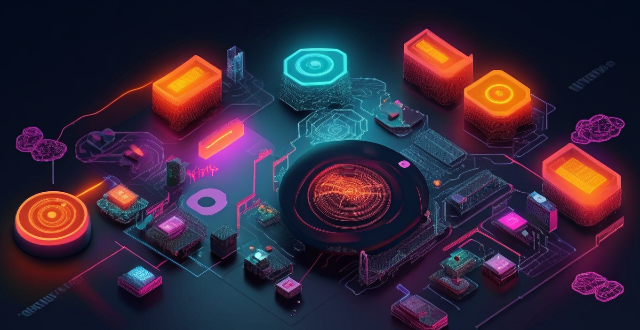The latest trends in computer upgrades focus on improving performance, enhancing security, and providing better user experiences through the use of solid-state drives (SSDs), memory (RAM) expansions, graphics card enhancements, and processor (CPU) upgrades. Each type of upgrade offers specific advantages such as faster system responsiveness, improved multitasking capabilities, enhanced gaming experiences, and better compatibility with the latest technologies. It is crucial to consider individual needs and budget when deciding on which upgrades to implement.

Latest Trends in Computer Upgrades
As technology continues to advance, computer upgrades have become essential for individuals and businesses alike. The latest trends in computer upgrades focus on improving performance, enhancing security, and providing better user experiences. In this article, we will discuss some of the most popular upgrades that are currently being implemented by users worldwide.
1. Solid-State Drives (SSDs)
One of the most significant upgrades you can make to your computer is replacing your traditional hard disk drive (HDD) with a solid-state drive (SSD). SSDs offer faster read and write speeds, which result in quicker boot times, faster application loading, and smoother overall system performance. Additionally, SSDs are more durable and energy-efficient than HDDs, making them an excellent choice for both desktop and laptop computers.
Advantages:
- Faster Performance: SSDs provide significantly faster data transfer rates than HDDs, resulting in improved system responsiveness.
- Longer Lifespan: SSDs have no moving parts, making them less susceptible to physical damage and wear and tear over time.
- Energy Efficiency: SSDs consume less power than HDDs, which can lead to longer battery life in laptops and reduced energy costs for desktop computers.
2. Memory (RAM) Upgrades
Another crucial aspect of computer performance is random access memory (RAM). Upgrading your computer's RAM can significantly improve multitasking capabilities, allowing you to run multiple applications simultaneously without experiencing lag or slowdowns. The amount of RAM you need depends on your specific use case, but generally, 8GB is considered the minimum for modern computing tasks, while 16GB or more is recommended for demanding applications such as video editing, gaming, or virtualization.
Benefits:
- Improved Multitasking: More RAM allows you to open and switch between multiple applications without delays.
- Better Gaming Experience: Higher amounts of RAM can improve game loading times and frame rates, providing a smoother gaming experience.
- Enhanced Productivity: With more RAM, you can keep more programs open at once, reducing the need to constantly close and reopen applications.
3. Graphics Card Upgrades
For users who require high-performance graphics processing, upgrading the graphics card can be a game-changer. This is particularly true for gamers, video editors, and professionals working with 3D models or animations. Newer graphics cards offer improved rendering capabilities, higher frame rates, and support for advanced features such as ray tracing and AI-driven enhancements.
Reasons to Upgrade:
- Higher Frame Rates: A newer graphics card can provide smoother gameplay and visual experiences by rendering images faster.
- Advanced Features: Modern graphics cards support technologies like NVIDIA's DLSS or AMD's FidelityFX Super Resolution, which use AI to enhance visual quality without sacrificing performance.
- Improved Compatibility: Upgrading your graphics card ensures compatibility with the latest displays and monitors, including those with high refresh rates and resolutions.
4. Processor (CPU) Upgrades
While processor upgrades are not as common as other types of upgrades due to their complexity and cost, they can still provide substantial performance improvements for certain tasks. Upgrading to a newer CPU can lead to faster application loading times, improved multitasking capabilities, and enhanced overall system responsiveness. However, it's essential to ensure that your motherboard is compatible with the new processor before making the switch.
Considerations:
- Compatibility: Ensure that your motherboard supports the new CPU's socket type and chipset requirements.
- Performance Gains: Research the performance differences between your current CPU and potential upgrades to determine if the investment is worthwhile.
- Heat Management: Newer processors may generate more heat, requiring an upgraded cooling solution to maintain stable temperatures.
In conclusion, these are just a few examples of popular computer upgrades that can help improve performance, enhance security, and provide better user experiences. When considering any upgrade, it's essential to evaluate your specific needs and budget to determine which options will best suit your situation.